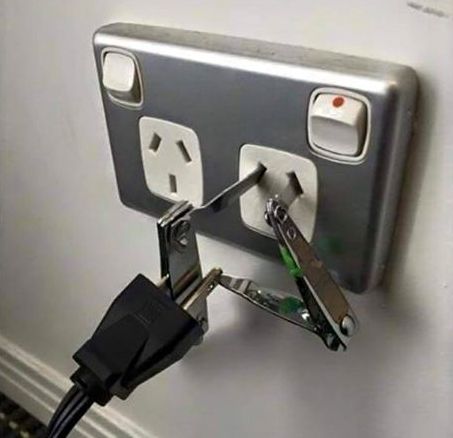- Joined
- May 6, 2025
- Messages
- 297
- Reaction score
- 235
Ontario Kegs is having a very good sale on their Brewzilla gen 4. But only in 220V. I need 110V.
I can probably find an adaptor for this. But should I? Any problems foreseen?
nema 14-50P female to 110 volt adaptor male
I can probably find an adaptor for this. But should I? Any problems foreseen?
nema 14-50P female to 110 volt adaptor male





































![Craft A Brew - Safale BE-256 Yeast - Fermentis - Belgian Ale Dry Yeast - For Belgian & Strong Ales - Ingredients for Home Brewing - Beer Making Supplies - [3 Pack]](https://m.media-amazon.com/images/I/51bcKEwQmWL._SL500_.jpg)












